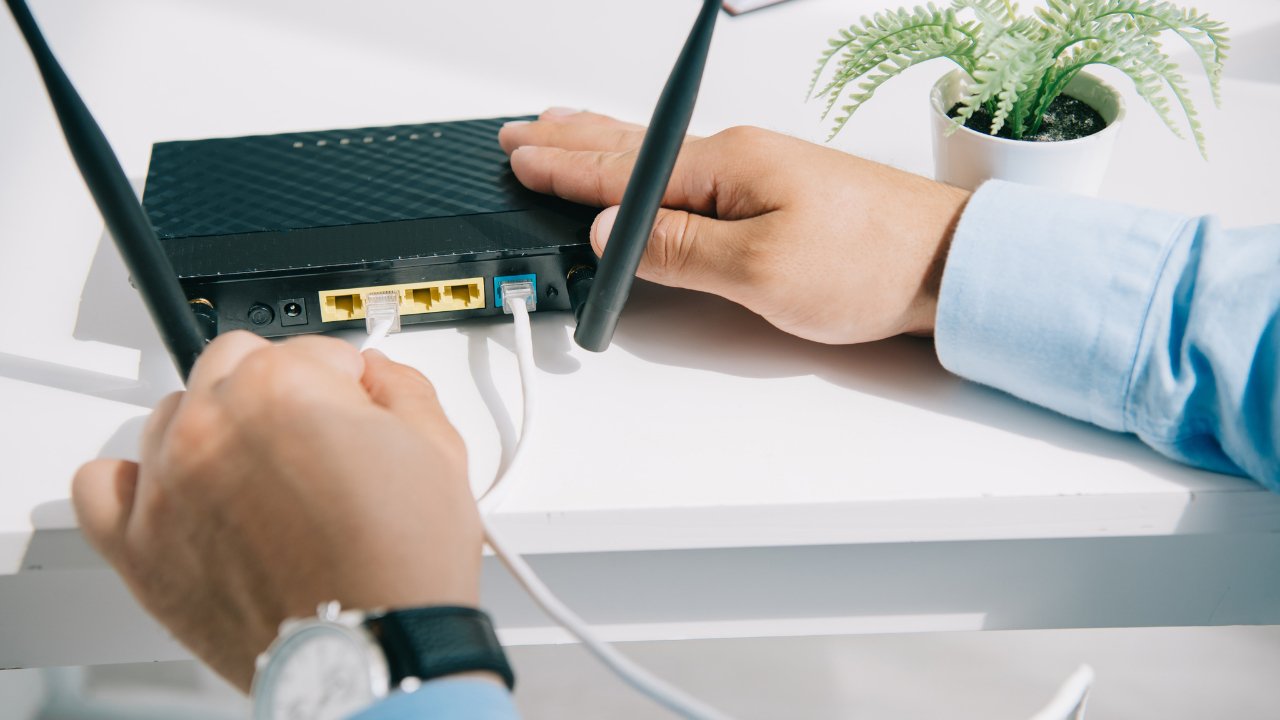In today’s hyper-connected world, a reliable home network is no longer a luxury—it’s a necessity. Internet Service Providers (ISPs) don’t just deliver connectivity; they also play a crucial role in ensuring customers get the best performance from their Customer Premises Equipment (CPE)—routers, modems, and gateways.
But here’s the catch: many users don’t optimize their CPE, leading to slow speeds, connectivity drops, and security vulnerabilities. That’s why ISPs must educate customers on CPE best practices to enhance performance, security, and longevity.
In this article, we’ll explore how ISPs effectively teach customers about CPE management, the best strategies they use, and why this education is critical for both ISPs and end-users.
Why CPE Education Matters for ISPs and Customers
Before diving into how ISPs educate customers, let’s understand why it’s essential:
- Reduces Support Calls – When customers understand how to manage their CPE, they troubleshoot minor issues themselves, reducing ISP support workload.
- Improves Network Performance – Proper placement, firmware updates, and security settings ensure optimal speeds and stability.
- Enhances Security – Default passwords and outdated firmware make CPE vulnerable to attacks. Educated users adopt better security habits.
- Boosts Customer Satisfaction – A well-informed customer experiences fewer disruptions, leading to higher satisfaction and retention.
Now, let’s explore the best ways ISPs educate users on CPE best practices.
1. Proactive Onboarding & Setup Guides
The first touchpoint for CPE education is during installation. ISPs leverage:
- Step-by-Step Setup Manuals – Clear, illustrated guides help users install and configure their devices correctly.
- Interactive Video Tutorials – Short, engaging videos demonstrating setup, Wi-Fi optimization, and security settings.
- QR Code Quick Guides – Scanning a QR code on the CPE takes users to a dedicated setup page with FAQs and troubleshooting tips.
Example: Many ISPs now include a “Quick Start” pamphlet with visuals showing optimal router placement (elevated, central location, away from interference).
2. In-App & Web-Based Learning Portals
Modern ISPs integrate self-help portals within their mobile apps or websites, offering:
- Interactive Troubleshooting Wizards – Users input symptoms (e.g., “slow Wi-Fi”), and the system suggests fixes (e.g., “move router away from microwave”).
- Knowledge Base Articles – SEO-optimized guides on topics like:
- How to update router firmware
- Best Wi-Fi channels for minimal interference
- Setting up a guest network securely
- Live Chat Support – AI chatbots or human agents provide instant help for CPE-related queries.
3. Email & SMS Campaigns for Ongoing Education
One-time education isn’t enough—ISPs use automated reminders to keep users informed:
- Firmware Update Alerts – “Your router has a critical security update. Click here to install.”
- Wi-Fi Optimization Tips – “Boost your signal by avoiding placement near thick walls or appliances.”
- Security Best Practices – “Change your default password to prevent unauthorized access.”
These bite-sized tips ensure customers continuously improve their CPE management.
4. Workshops & Webinars for Hands-On Learning
Some ISPs take education further by hosting:
- Virtual Webinars – Live sessions where tech experts demonstrate CPE optimization.
- Community Workshops – In-person events (e.g., at local libraries) teaching basic networking hygiene.
- Q&A Sessions – Customers ask specific questions about their home setups.
This approach builds trust and positions the ISP as a knowledgeable authority.
5. Gamification & Incentivized Learning
To make learning engaging, ISPs use:
- Interactive Quizzes – “Test your CPE knowledge and win a free speed boost!”
- Badges & Rewards – Completing a security checklist earns discounts on subscriptions.
- Leaderboards – Friendly competition among users to apply best practices.
Gamification increases participation and reinforces good habits.
6. Social Media & Community Engagement
ISPs leverage platforms like Facebook, YouTube, and Reddit to:
- Share quick tips (e.g., “5 Signs Your Router Needs a Reboot”).
- Host live troubleshooting sessions.
- Foster peer-to-peer support groups where users share experiences.
This approach makes learning social and interactive.
7. Personalized Support for Advanced Users
Not all customers have the same technical level. ISPs segment users and offer:
- Basic Guides – For beginners (e.g., resetting a router).
- Advanced Tutorials – For power users (e.g., configuring QoS settings).
- Dedicated Support Lines – For small businesses needing specialized setups.
The Future of CPE Education: AI & Smart Assistants
Emerging trends include:
- AI-Powered Diagnostics – ISPs detect issues remotely and send automated fixes.
- Voice-Activated Guides – “Hey [ISP Assistant], how do I improve my Wi-Fi signal?”
- Augmented Reality (AR) Setup – Pointing a phone at the router shows optimal placement via AR overlays.
Final Thoughts
Educating customers on CPE best practices is a win-win for ISPs and users. It reduces support costs, enhances security, and improves user experience. By leveraging multi-channel education—guides, apps, emails, workshops, and AI—ISPs can ensure customers get the most from their home networks.
As technology evolves, so should CPE education strategies. ISPs that invest in clear, engaging, and proactive customer training will stand out in a competitive market.
